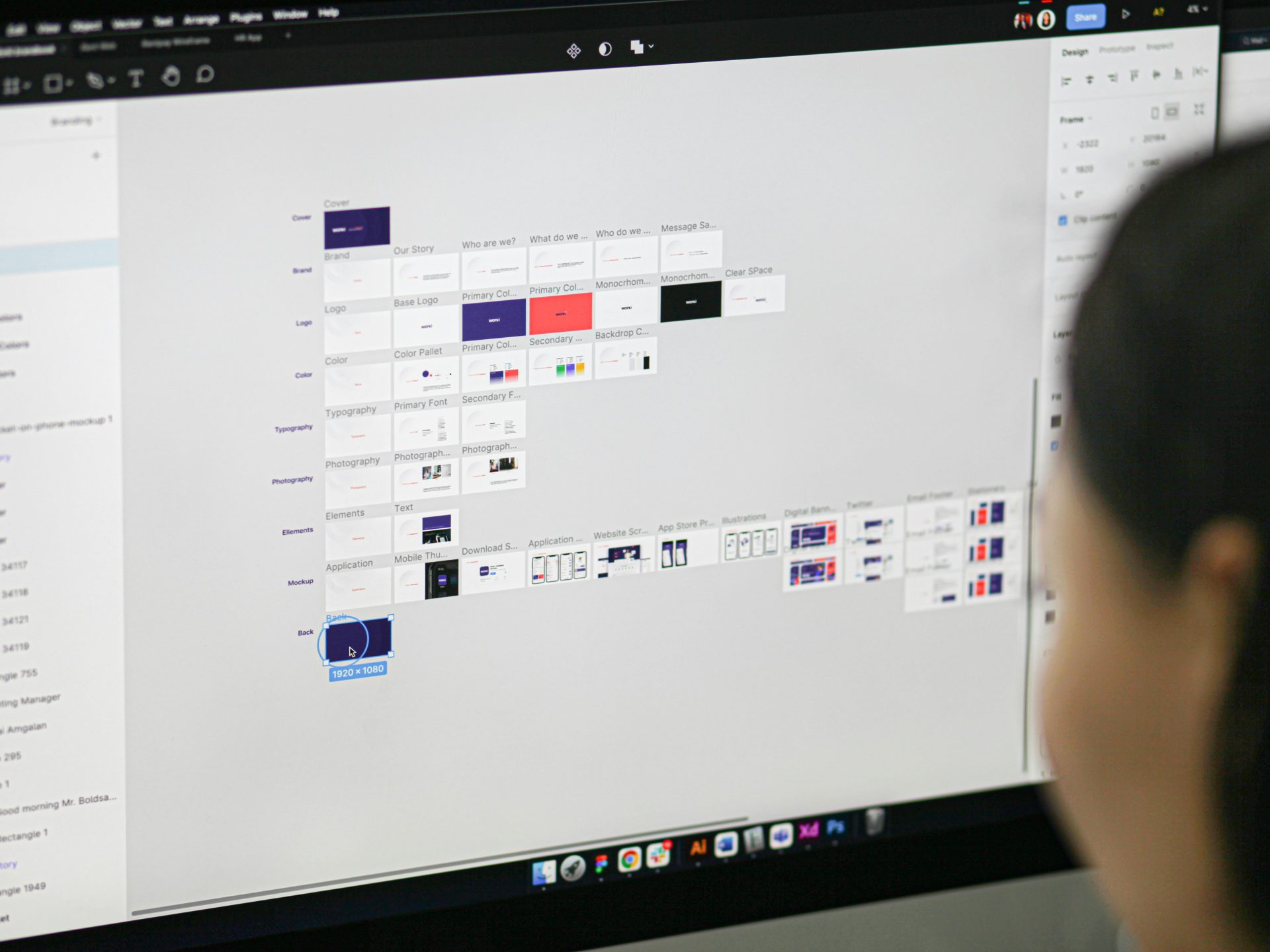Breadcrumbs are a simple feature on a website, but they can be very beneficial. They get their name from a Hansel and Gretel fairy tale where Gretel leaves a trail of breadcrumbs as they walk into the woods with the aim of following the breadcrumbs out when they want to leave.
On a website, breadcrumbs show visitors where they are on your website. They are also linked, allowing visitors to quickly go to another part of your site.
Here’s an example that would apply to a building company:
Home > Residential Services > Renovations
In the above example, you can see at a glance where the renovations page is on the website, so you know exactly where you are.
Different Types of Breadcrumbs
There are three main types of breadcrumbs that you can add to your website:
1. Breadcrumbs Based on Page Hierarchy
The above is an example of hierarchical breadcrumbs. In other words, hierarchical breadcrumbs follow the structure of your site.
2. Breadcrumbs Based on Attributes
Attribute-based breadcrumbs are most commonly used on ecommerce websites. The structure follows the different variations that can exist for a product. Here’s an example that could apply to an online clothing retailer:
Shoes > Women’s > Red
3. Breadcrumbs Based on History
History-based breadcrumbs are based on the pages that a visitor has accessed. They make it quick and easy for the visitor to go back to a page they previously looked at.
How Do Breadcrumbs Help SEO?
Now for the big question: what have breadcrumbs got to do with search engine optimisation (SEO)? While they are a simple design feature, they can deliver big benefits for four main reasons:
- Google loves them: Google is a big fan of breadcrumbs. It even includes breadcrumbs on its search results pages, so its users can see where pages are on your site.
- Helps Google understand the structure of your website: An important part of SEO is helping Google understand how your website is structured. There are lots of ways you can contribute to this, including using internal links, a clear menu structure, and breadcrumbs.
- Lower bounce rates: As visitors have a better understanding of where they are on your website, they will be more likely to browse further, increasing the time they spend on your site and lowering your bounce rate. For most websites, a low bounce rate is good for SEO, as is getting people to spend as much time on your site as possible.
- Improves the user experience: Better user experience is good for your business as it can help improve the performance of your site, i.e., by boosting sales or lead generation. It’s also good for SEO. Google wants to send its users to the best website pages based on their search queries, and it uses a range of different methods to assess user experience. Websites that offer a good on-page experience will rank higher than websites that don’t.
Adding Breadcrumbs to Your Website
Breadcrumbs are fairly unique in digital marketing as there isn’t really a downside to using them. They are straightforward to set up, don’t impact site speed or performance of your website, and deliver a range of benefits. If you don’t currently have breadcrumbs on your site, it is worth looking into adding them.
From Humble Breadcrumbs to Complex Web Design, We Do It All
The Web Guys is an Auckland-based digital agency specialising in website design and development, Google Ads and SEO, and has worked with hundreds of clients both in New Zealand and overseas, helping each of them achieve their digital marketing goals. Contact us today to know more about how we can help you get more of the right leads.








